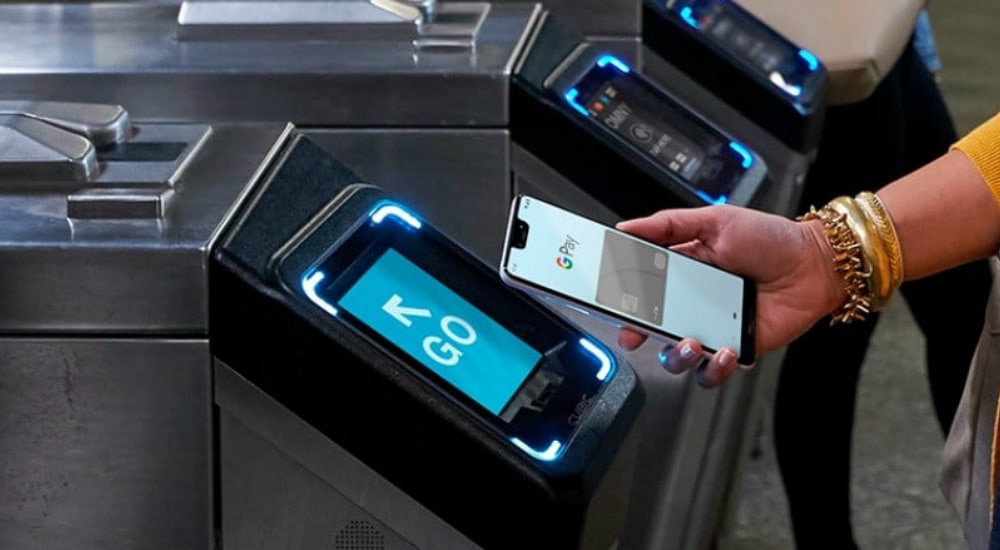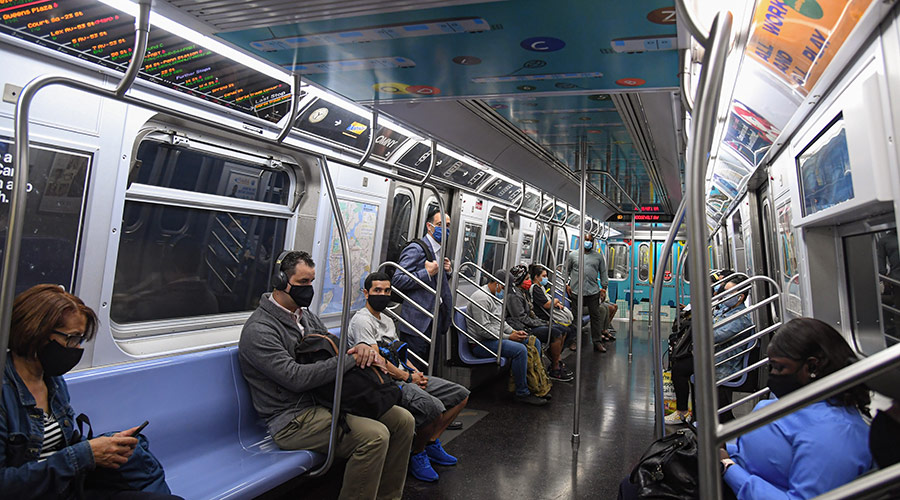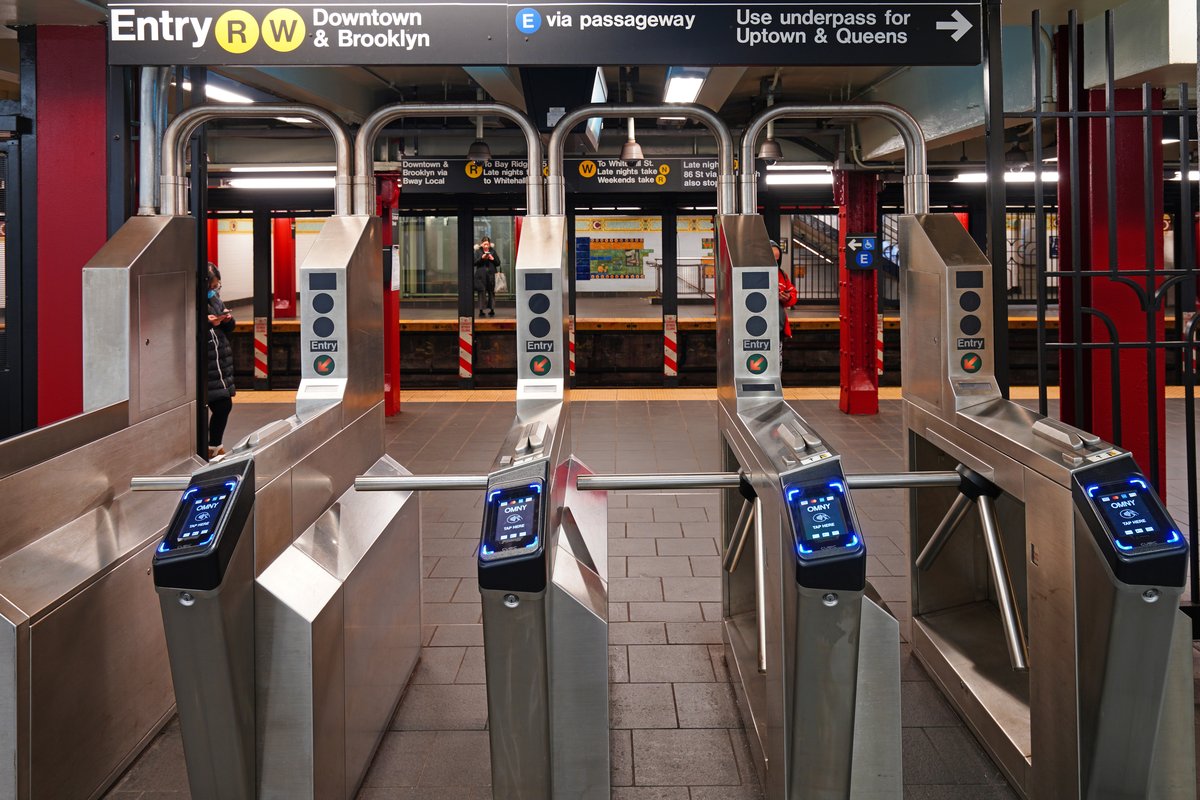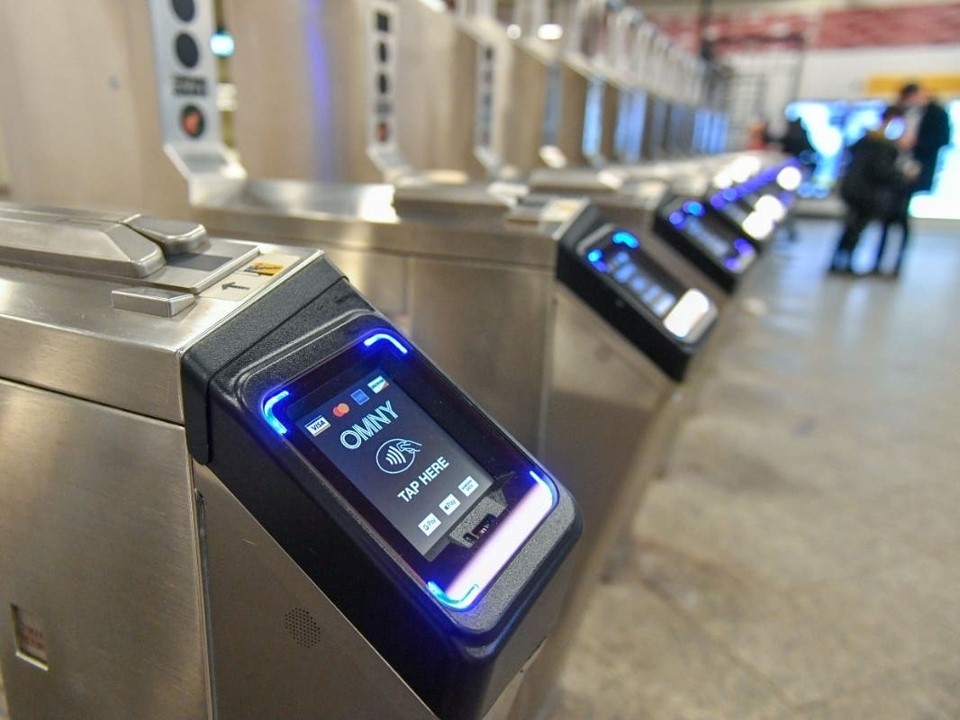
Account-Based Hybrid-Loop Ticketing In MTA New York
New York is the largest and the most populous city in the United States. The Metropolitan Transportation Authority (MTA) is responsible for public transportation in the New York City metropolitan area. As North America’s largest transportation network, MTA serves a population of 15.3 million people across a 5,000-square-mile travel area surrounding New York City through Long Island, southeastern New York State, and Connecticut.
The MTA has multiple subsidiaries: Metro-North Commuter Railroad Company (MNR), Long Island Railroad Company (LIRR), New York City Transit Authority (NYCTA), and MTA Bus Company (MTA Bus), each an operating agency. The MTA provides around 2.6 billion trips each year, over 11 million passengers on an average weekday.

What was implemented?
Since 1994, the MTA has been using MetroCard, a magnetic stripe card, to check in passengers. In 2019, the contactless payment technology, One Metro New York (OMNY), was launched with an open payment system. Users pay and enter by simply tapping a contactless credit, debit, reloadable prepaid card, mobile phone, or wearable device.
New equipment includes modern fare validators and configurable ticket vending machines across the MTA’s 472 subway stations and 6,000 buses. The contactless payment system offers a simplified user experience by removing the need to wait at a vending machine or at a station booth. Furthermore, contactless payments could shorten bus boarding times and facilitate boarding, making total trip times shorter.
The MTA had to redesign its payment system to be account-based, by allowing each passenger to maintain an individual digital payment account. The MTA has installed near-field communications payment terminals and optical scanners throughout its network.
This transition has several phases: The first step is to enable open-loop payment, allowing customers to use their own fare device; then to introduce a physical OMNY card, but out of the system; finally to install new, configurable vending machines in stations. This maximizes the user experience and minimizes the production and distribution costs associated with the closed-loop OMNY card.

The current situation
OMNY is already available at all 472 subway stations and on all MTA buses. The MTA has scheduled to include Metro-North Railroad and Long Island Rail Road into OMNY and retire the mobile platform eTix for commuter rail users.
OMNY currently only supports full adult rate pay-per-ride. It will soon roll out fare capping and discounted rates, including rail ticketing, student fares, and special programs, which are available through MetroCard.
In February 2020, prior to the COVID-19 pandemic, about 150,000 trips per weekday were made with OMNY transactions, out of 8 million total daily trips. Of that number, around 70% of OMNY payments are by mobile phone, with the remainder by debit or credit card. In November 2021, 23% of subway and bus riders used the OMNY to pay for their rides.
MaaS Ticketing and Payment Approaches
Customers can choose how, when, and where they pay for their fares. The MTA has introduced the OMNY card to support customers who prefer to fund fares with cash. The MTA will release a new OMNY app which will provide seamless fare payment between LIRR and MNR services, subway, and bus services.
Although no account registration is required, an OMNY account gives transit users access to a secure, personalized dashboard, where they can view 12 months of trips and charges, manage payment methods and accounts, contact customer service, and much more.

Business and Financial Models
In the early 2000s, the MTA ran trials of contactless payments in several subway stations. These pilots led to the procurement of a near-field payment system. The MTA in 2017 entered into a contract with Cubic Transportation Systems to roll out OMNY. Cubic Transportation is responsible for the design, integration, supply, and implementation of the new fare payment system. This includes platform hosting, hardware and software maintenance, and customer service support. Cubic signed a licensing deal in 2016 with Transport for London (TfL) allowing it to take the technology developed for London to other cities.
Source: Case study originally published in “Handbook on Ticketing in Mobility as a Service“


